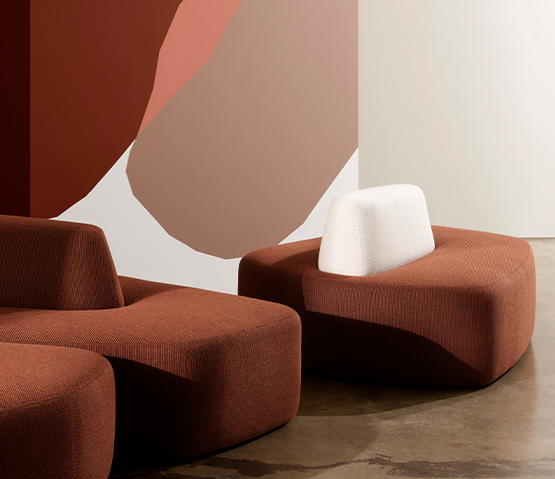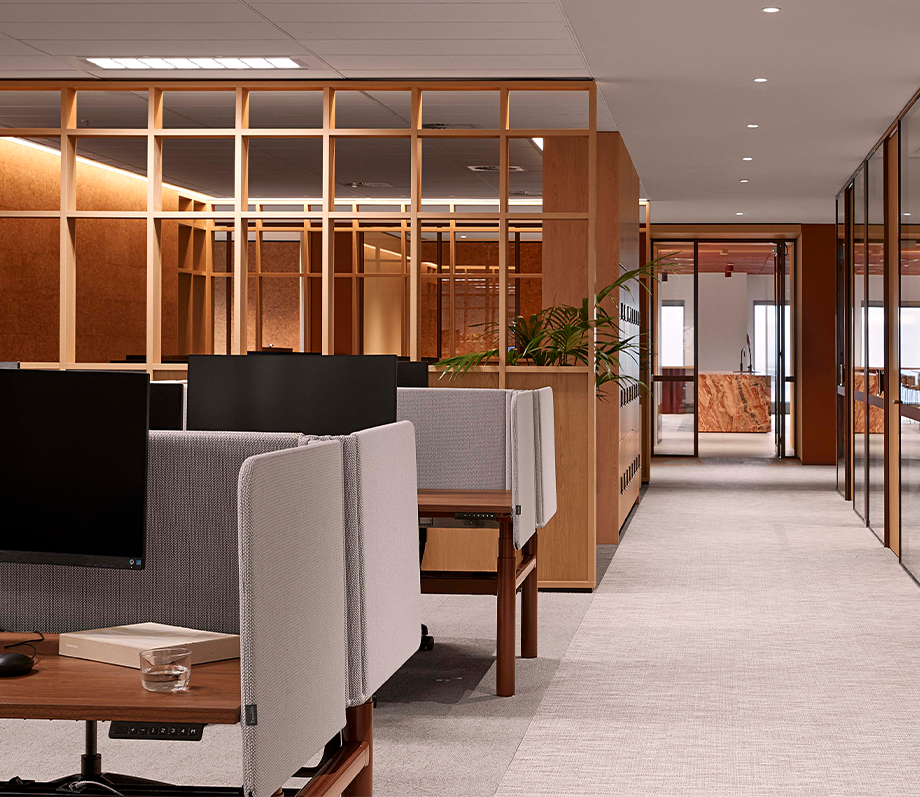
Terrazzo
Terrazzo's beauty lies in its ability to marry diverse elements; non-linear organic shapes nested in irregular clusters.
Denn Chair, born out of collaboration between Zenith and Formway, is a revolutionary task chair designed to redefine the conventional office
seating experience.




